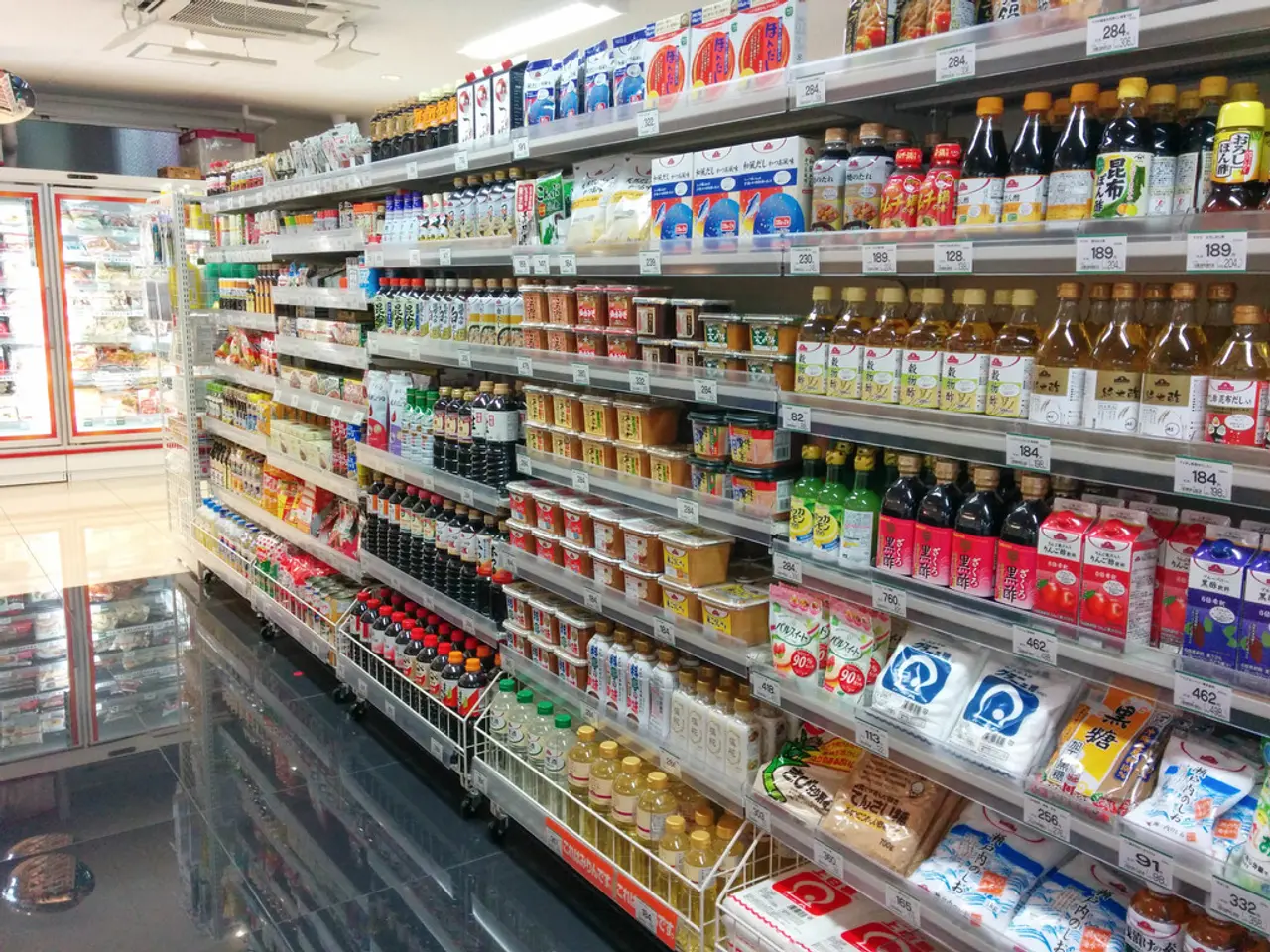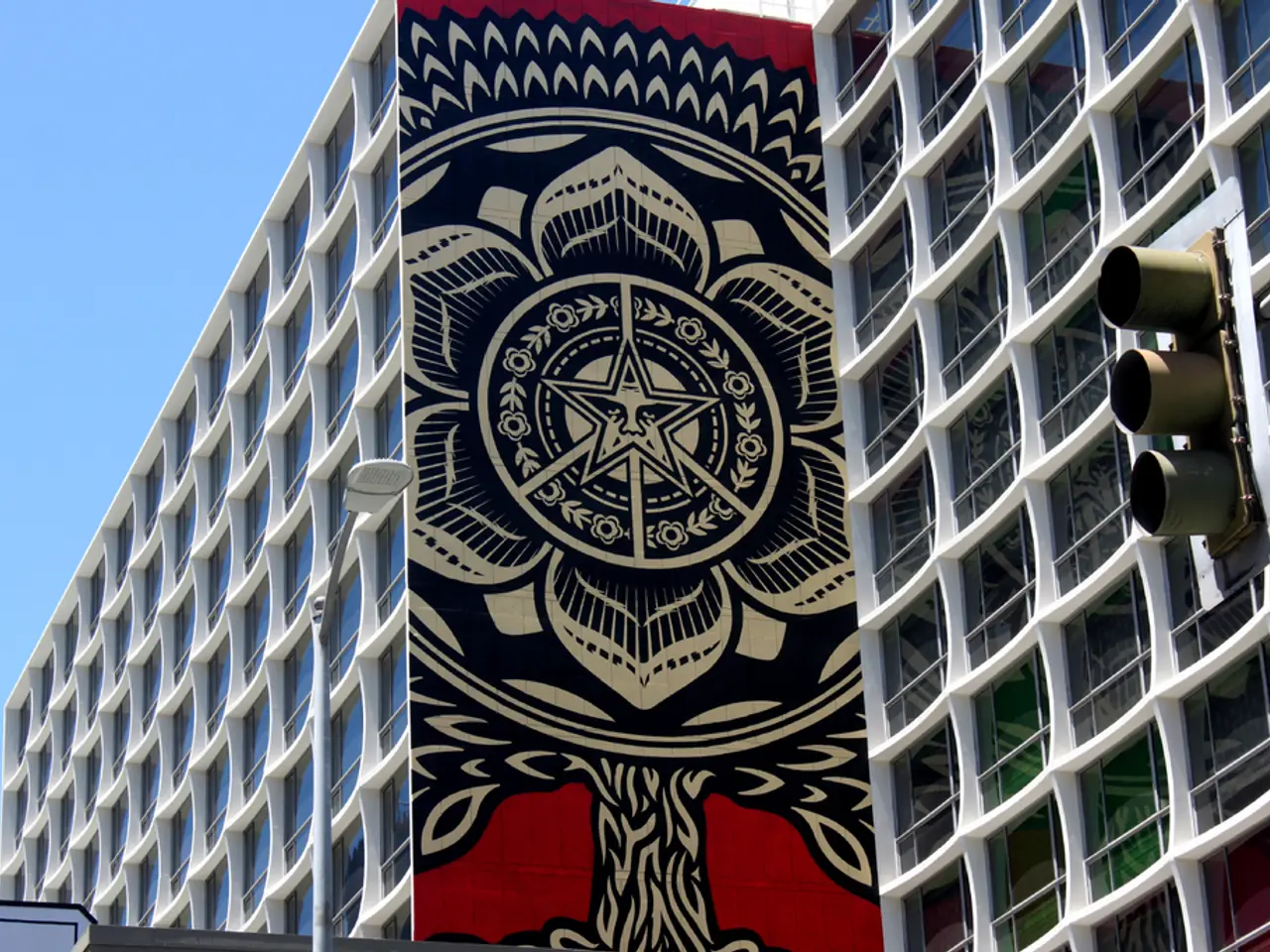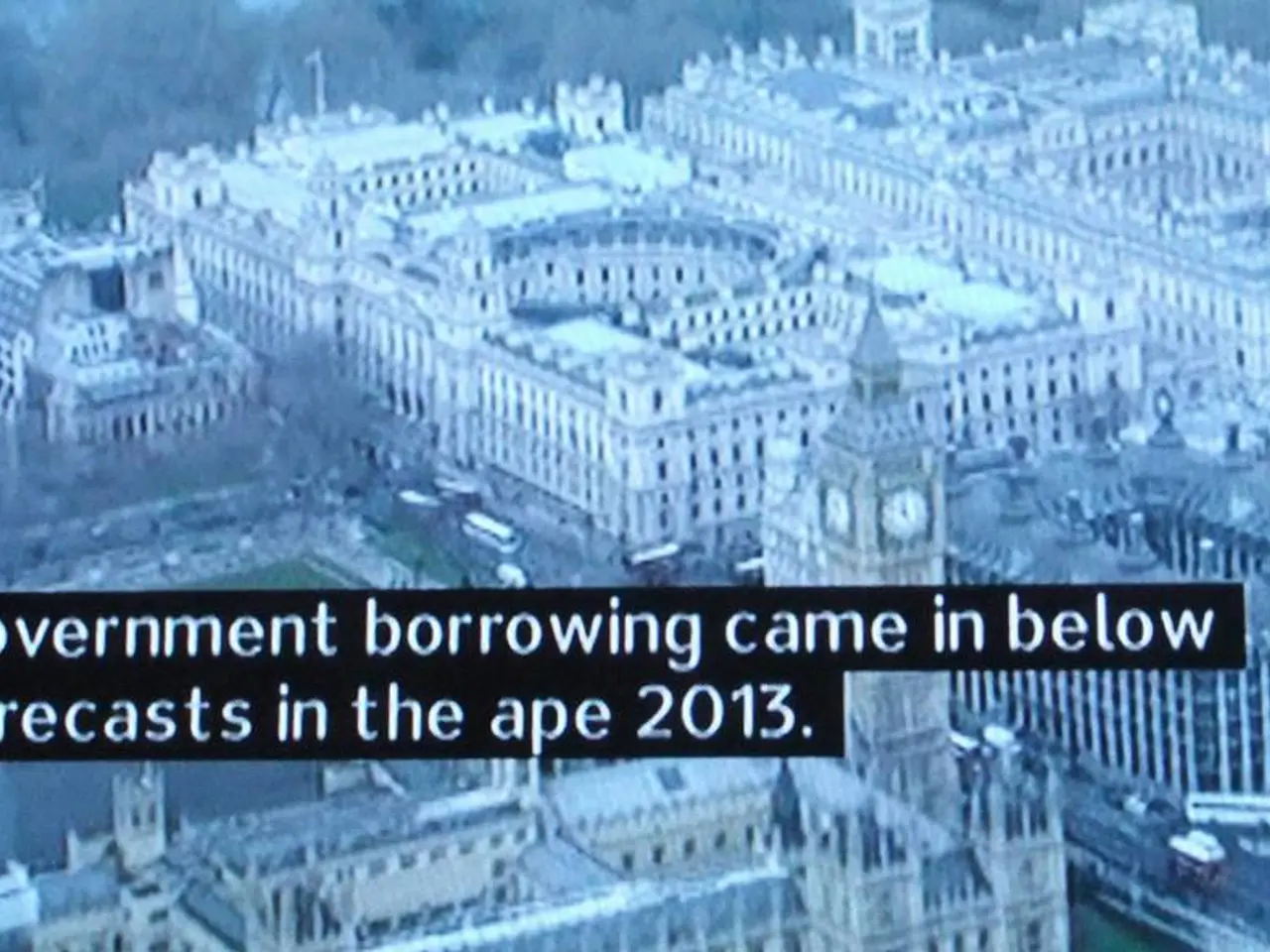Website's Price Index: Deflation More Noticeable, yet Services Gaining Momentum
In the past 17 weeks, our observations have seen a 3.16% dip, primarily due to a significant drop in egg prices (from winter they've plummeted over 40%) and spinach (−56%), bananas, some dairy products, and coffee beans. The non-food items index has also taken a 1.5% hit, thanks to reduced costs on jeans, dog food, Bioderma Sebium Hydra cream, and various other items. This deflation currently balances out the rise in fuel prices in our shopping cart. As a result, the overall "Monocle" index has declined by 0.4% over this period.
However, there's a noticeable surge in service prices, mainly due to a dramatic increase in metro fares in Moscow from 63 to 67 rubles per trip using the "Troika" card (up 6.35%) and a 13% jump in a 0.2L cappuccino at the "Prawda Coffee" chain. Service prices change due to wage increases and other payments, including taxes, and it's likely that utility tariffs will soon rise from July.
In some fashion, it's challenging to determine why we're witnessing this peculiar scenario: prices on "groceries" and "non-groceries" are going down, while service prices are on the rise - this could be a result of a long-term shift in consumption patterns that we are observing. Consumers are increasingly willing to spend on experiences and entertainment, as well as paying for time-saving solutions. In exchange, they're willing to sacrifice spending on clothing, cosmetics, and especially items of prolonged use (learn more in "Lifestyle, Emotions, Economy, and Patriotism," "Monocle" No 13 for 2025).
Centre for Macroeconomic Analysis and Short-Term Forecasting (CMAKSP) observes a considerable drop in consumer behavior: both in overall consumer spending and its key components: food, non-food items, and services. "In the structure of consumer spending, there are no areas of growth, and in several product categories (especially in 'credit' long-lasting products), there is a visible decline," the CMAKSP notes. As a result, inflation in June continues to rapidly decrease - approximately 9.3-9.5% year-on-year compared to June 2024. Economists at the CMAKSP attribute this decrease in inflation to three factors: dropping prices for fruit and vegetable goods; compression/stagnation in consumer demand for certain non-food products (both technologically challenging long-lasting goods and a broader range of items like clothing and footwear); and the strengthening of the ruble.
Russian consumers are splitting into two segments: one highly focused on cost-saving and affordability (resulting in pressure on food prices), and another selectively seeking premium services or products (supporting rising service prices). The overall cautious yet selective spending behavior, combined with the evolution of e-commerce and supply-side economic pressures, results in declining food prices while service prices increase.
This trend reflects a complex consumer landscape shaped by economic realities, evolving preferences, and ongoing market adjustments.
- In view of the CMAKSP's observations, there seems to be a shift in personal-finance priorities, with some consumers focusing on cost-saving measures (resulting in pressure on food prices), while others are willing to spend on premium services or products (supporting rising service prices).
- As businesses adapt to this evolving consumer landscape, there may be opportunities in wealth-management and business sectors, as consumers' focus shifts towards saving, investing, and seeking time-saving solutions, rather than prolonged use items like clothing and cosmetics.






